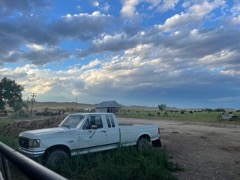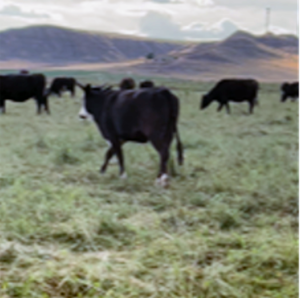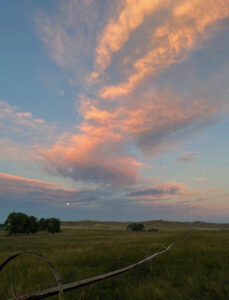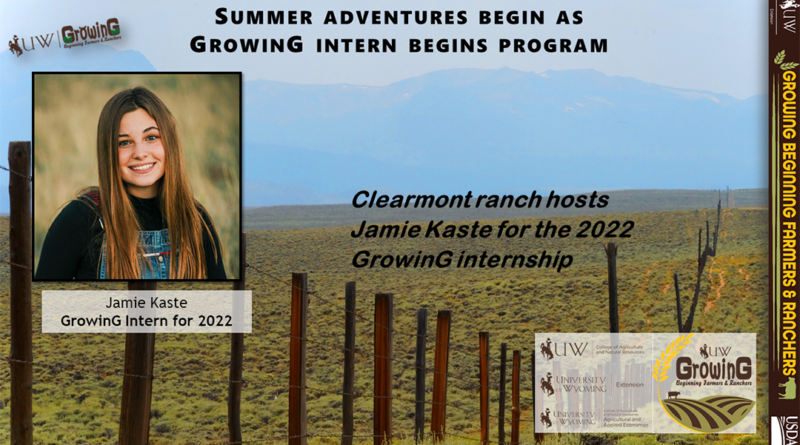New Appreciations: Welding, Canadian Thistle, Setting Dams
#bfrdpwy #aginternship #RightRisk

This past week we irrigated one of our meadows from a crown ditch that had water flowing two separate directions in it. This meant we had to move dams from both sides of the ditch, alternating back and forth, and move them forward towards the middle. I struggled this week with getting my dams to hold over night with strong water flow and am looking forward to continuing to practice setting dams. We also finished moving a side roll in a pasture and, due to issues with the engine, we had to flood irrigate a portion between the pivot and the side roll. Once the side roll had completed its set, we connected the same water line to a gated pipe and turned off the pivot to hook up a structure with one single bird “gun” to irrigate the corner of a pasture. Aside from irrigation, we moved cows this week and set up an electric fence to allow the cows access to the ditch. Especially during the hot summer days, the cows use the ditches to cool off, including drinking more water to prevent dehydration in the heat and direct sunlight.

Apart from working on irrigation, I have also started to learn how to weld. This is a craft essential to many ranching and farming operations. Being able to fix and build your own equipment has always been a staple of the agricultural lifestyle. I learned how to use a stick welder to make a weld with a “wave” formation and have started working on welding horseshoes together and using a metal grinder for practice. I plan to use what I’ve learned this week to continue pursuing opportunities in which I can weld. Welding can be both a practical and an artistic skill, and I hope to continue bolstering my ability to weld for both purposes.
Along with learning to weld, I also became familiar with the Canadian thistle plant this week. Canadian thistle is an invasive weed with spiny leaves and purple bulb flowering heads. The aggressive root system of this perennial invades the habitat of other plants, pushing them out of the pasture. Though cattle will graze this plant, I watched as patches of one of our meadows became consumed by thistle, bothering the legs of both the horses and irrigators alike.

Considering my experiences with the removal of a rebar structure placed in front of a headgate earlier this summer, I want to challenge the concept of poor communication between ranchers and those in positions at places such as the state engineer’s office. These people design objects such as the rebar structure to help maximize water flow, but do not fully understand the implications of what they install. I believe there needs to be a better line of communication between those who engineer these structures, and the farmers and ranchers who utilize these inventions as a part of their livelihood. This would be a more transdisciplinary approach to topics that could provide a mutual benefit rather than a mutual nuisance to both parties.
Here are a few questions I had while working on various tasks this week: what can short an electric fence, what are the next steps in doctoring a calf with pneumonia if the first initial medication is ineffective, how does paying for water work once you run out of “free” water and must start using water based upon your water rights, and what are the first vaccinations a calf receives once it is born.
Submitted by: Jamie Kaste
Edited by: GrowinG Internship Team

